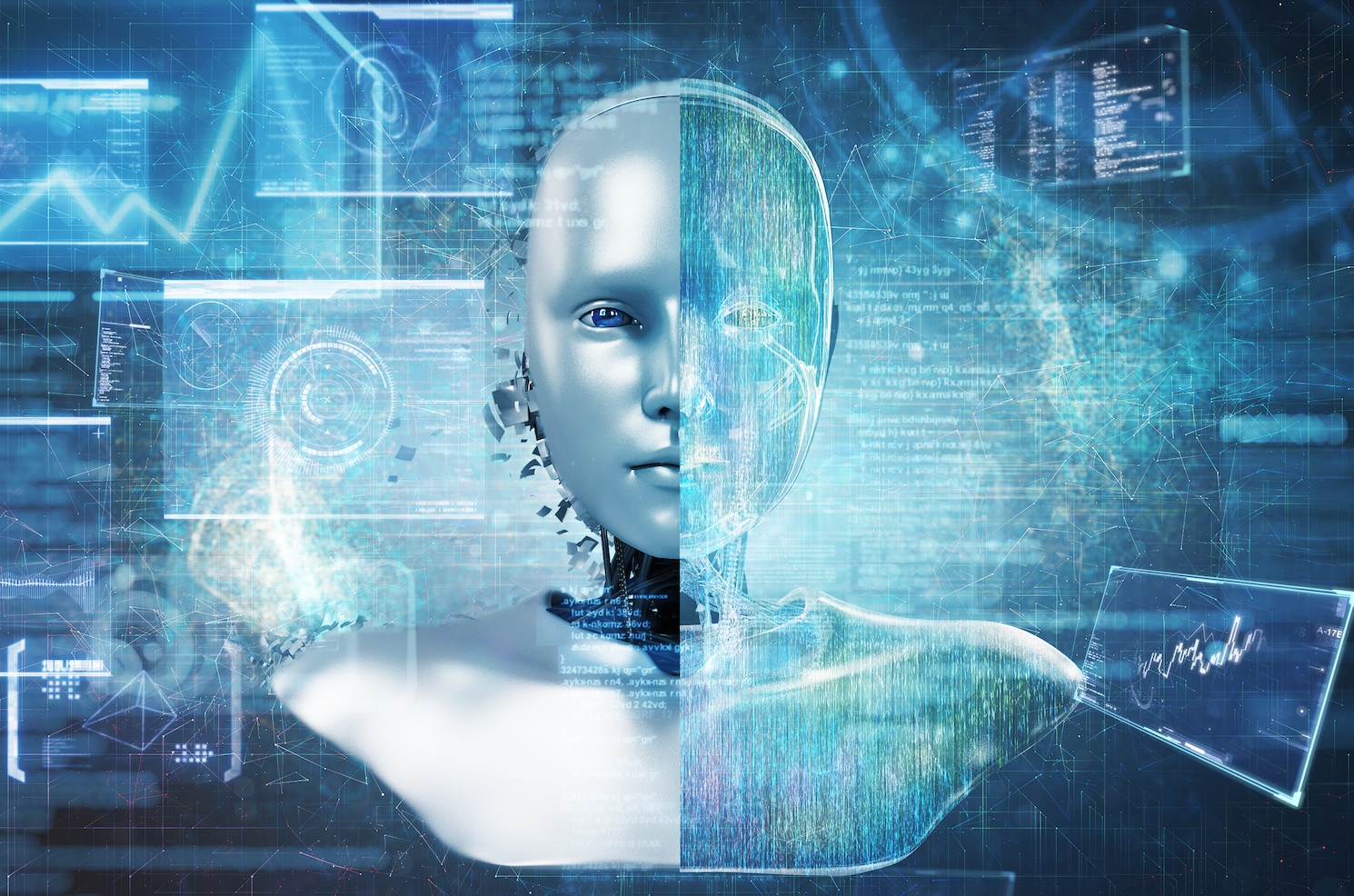Comments
- No comments found

There is a review, Hierarchy in the Organization of Brain Networks where the authors stated that hierarchy "is an intuitive and popular idea that the brain, and in particular the cerebral cortex, is organized into modular networks across many scales, from cellular circuits, cortical columns via nuclei or cortical areas to large-scale units such as the entire visual or sensory-motor cortex. At each level, nodes are more densely wired within than between the modules. While empirical data confirm this modular organization at some scales, for instance, for mesoscopic cortical connections, the detailed organization of brain networks across all scales is not yet experimentally accessible.
"In the present review, we revisited aspects of ‘hierarchy’ that more concretely relate to repeated patterns of laminar projection origins and terminations, the sequential topology of projections, gradients of structural and functional features across the cortex, as well as the scaling and encapsulation of features of the connectional topology."
There are some theories of how intelligence might be working in the brain based on the hierarchical organization of neurons in the cerebral cortex. The problem, however, is that as AI emerged and has recently evolved, these hierarchical or neural theories of intelligence say nothing that is widely applicable to understanding how human intelligence works.
There are hierarchies across brain centers, but it will be difficult to say that what makes the brainstem different from the thalamus is simply because of what is north of one or on the south of the other.
There are many questions about how the brain works, for example, what makes a taste different from a smell, or why degrees differ that hierarchies are unlikely to answer.
How intelligence works is within an option: impulses. Electrical and chemical impulses of nerve cells, their features and interactions. The collection of the impulses with their features and their interactions, as the mind, can be said to be how intelligence arises and is maintained in the brain.
Their pathways may include hierarchical turns, but specifications of how they determine what is known or differences are simply beyond hierarchies. Conceptually, when sets of electrical impulses strike sets of chemical impulses, there are drifts or rationing of chemical impulses, with measures that encode or retrieve memory, or get a motor skill to function, or some modulation of an internal organ, or that defines why a feeling is different from an emotion, all as knowing processes.
There are features like splits of electrical impulses, where some in a set goes before, to strike, acquire or shape some of the rations of chemical impulses, such that if the experience is the same as before then the process continues, if not, the incoming ones strike elsewhere shaping the right ration. This explains what is labeled as predictive coding, processing and prediction error.
Prediction was used for LLMs, but what closely resembles prediction in the brain are the early-splits or go-before of electrical impulses. Impulses are how intelligence works in the brain, not hierarchy.
Leave your comments
Post comment as a guest